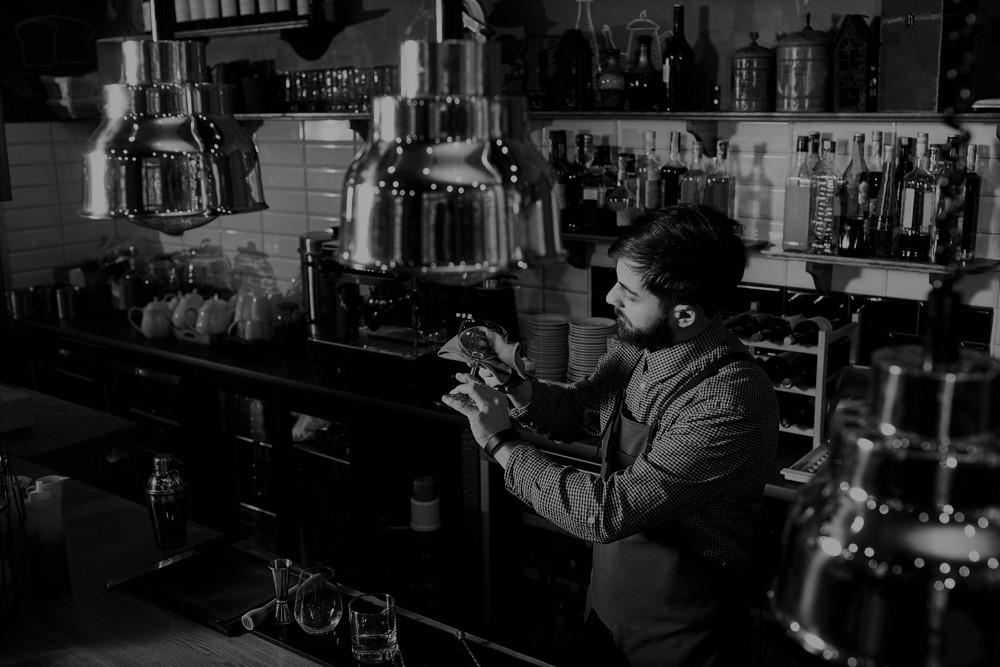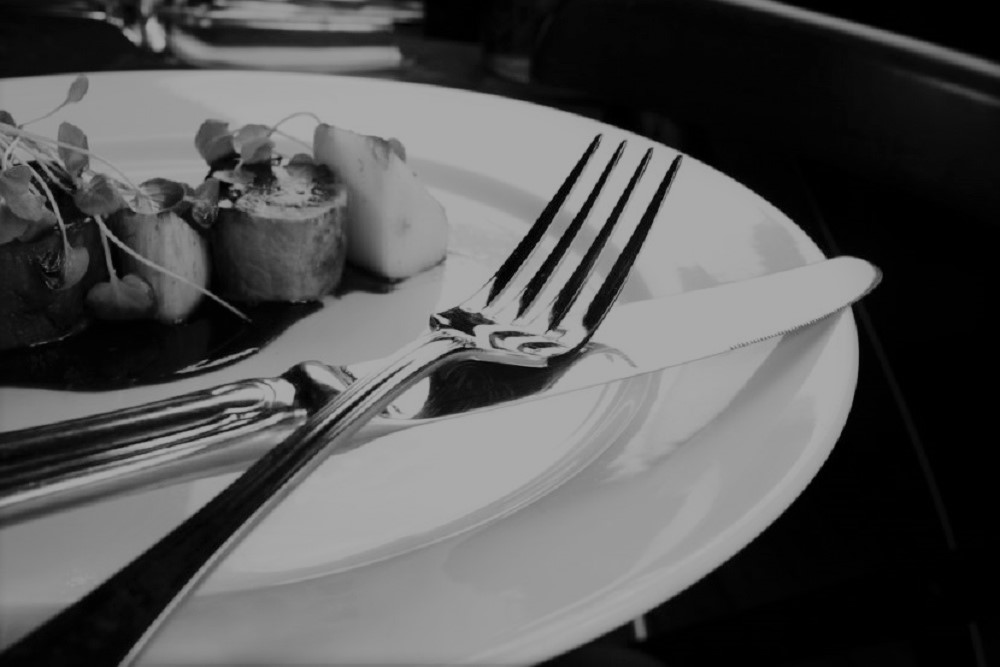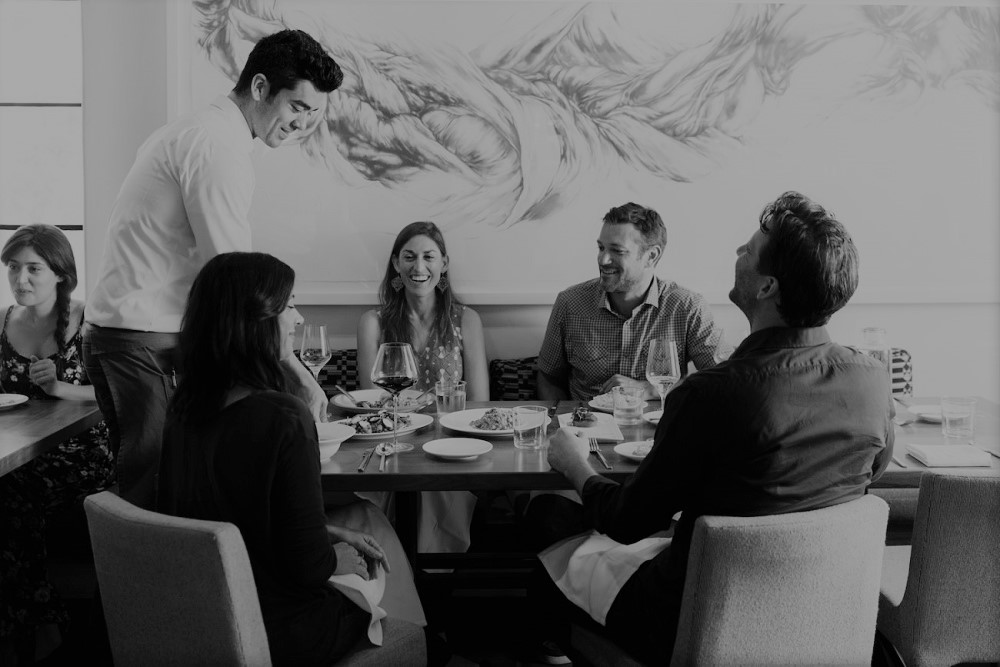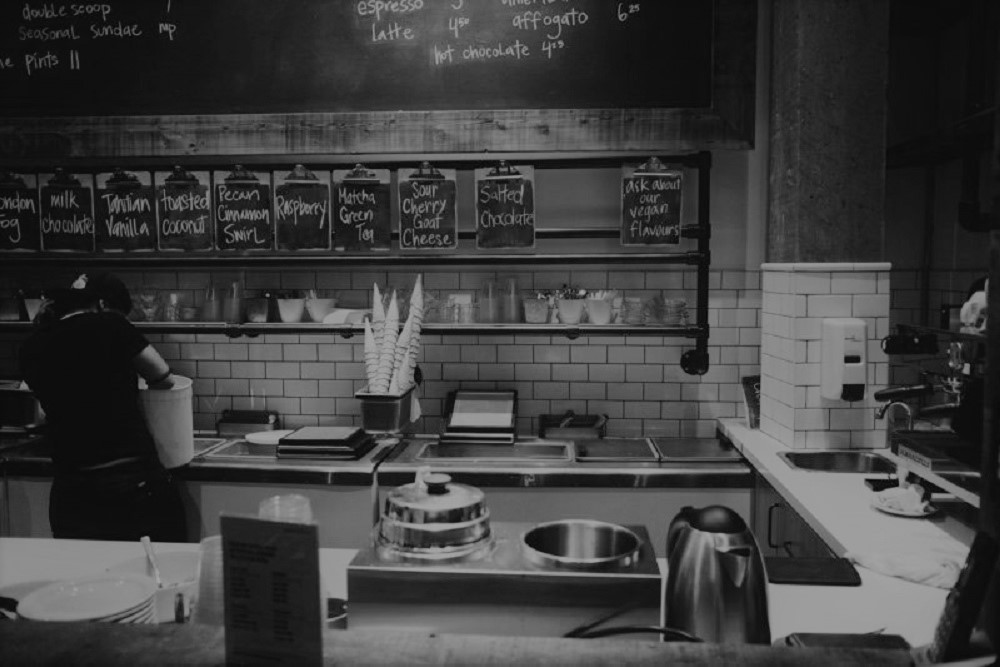9 Ways to Maximize Restaurant Downtime
Originally Posted on FoodableTV – By Doug Radkey 07/22/2017
Unless you’re a part of a very small percentage of restaurants that are always busy with customers, there is going to be some downtime throughout the day and in between services.
In many restaurants and bars, this time is often filled with staff gossiping and texting on their phones, or in summary, being unproductive.
Each position within the operations should have very clear job expectations from day one, including what to work on each day during quiet moments.
This is important to keep the restaurant running at a consistent high level. Owners, operators, and managers need to also lead by example during these times and maximize each moment of opportunity.
Outside of scheduling employee breaks, here are nine ways to make the most it:

1.Scheduling
The key is to keep energy levels high at all times. You don’t want to allow staff to become bored while at work. Reduce the amount of staff required during these times and have a daily, weekly, and monthly schedule of tasks required, to keep the ship sailing.
Prepare easy to follow checklists and don’t be afraid to delegate tasks. Use this opportunity to get everyone involved and working towards a set of common goals.
2.Service Preparation
Likely the most obvious task is preparing for the next rush of customers. Food preparation, stocking of beverages, preparing garnishes, filling salt & pepper shakers, rolling flat-wares, and checking other condiments should be a priority during these “downtimes.” A checklist listing each item will ensure nothing is overlooked and that service runs smoothly.
3.Cleaning Tasks
The next item to consider is cleaning. The old adage of “if you have time to lean, you have time to clean” should be ingrained into each staff member. Prepping thorough cleaning schedules that also promote accountability is essential as there is zero excuse for a dirty restaurant. Everyone must be on-board and understand the consequences.
4.Inventory/Ordering
Ordering and inventory control should not be two separate processes – they should work as one cohesive unit. There is now an array of apps, programs, and point-of-sale add-ons available to assist staff.
The secret to ordering and inventory control, still lies within you – the owner, operator, chef, or manager to ensure it is completed and accurate – so use this time wisely.
5. Review Marketing & Advertising
Assuming there is a monthly and quarterly marketing & advertising plan in place, use this time, at least once per week, to review the budget and the programs. Which areas are showing results, which need further investment, or which ones need to be discontinued?
Take this time to also review the hyper-local competition and do an in-depth analysis of social media accounts. Summarize the past weeks online and offline guest comments and/or secret diner results and then prepare a full summary report to discuss with your staff.
6. Review Cash-flow
Set aside a moment each day to review current point-of-sale reports, invoices, and other accounting statements which will assist the entire team to analyze guest counts, revenue, food & beverage costs, and labor costs which should be reviewed against week-over-week, month-over-month, and year-over-year reports.
This summarization will then assist in predicting future revenue, scheduling needs, food & beverage preparation, and other operational trends allowing you to more effectively ‘live in the moment’.
7. Ongoing Training Schedule
To run a smooth restaurant, it is imperative everyone continues to learn while working towards both team and personal goals. Use quiet moments to learn new food and drink options, refresh the team on ingredients, complete taste testings, and review service sequences.
This is also a great opportunity to role play different guest and service interactions based on recent scenarios that may have occured – practice makes perfect!
8. Preventative Maintenance
A thorough walk-through of the property, both inside and out, should be scheduled at least once per week before opening or during these noted quiet times. What needs to be fixed or replaced? What filters (water, grease, hood) need to be cleaned? What equipment could use a check-up or some fine-tuning?
Stay on top of it now to prevent surprises during peak periods. Also, it’s ideal and encouraged to turn off equipment not needed during these quiet moments to save on energy and costs.
9. Hold Meetings
Lastly, use this time to effectively communicate. Hold team meetings to discuss the upcoming service, marketing & advertising plan, recent guest comments, and current financials of the restaurant. One can also use this time to conduct one-on-one interviews with staff as a time to set and review personal goals within the operations.
An old friend used to say, “less chitter-chatter, more pitter-patter.”
If restaurateurs continuously look for ways to keep productivity at its highest peak and for ways to fill this quiet time with paying customers, restaurants will see immediate results, day in and day out.
It takes a team effort and it starts now!






